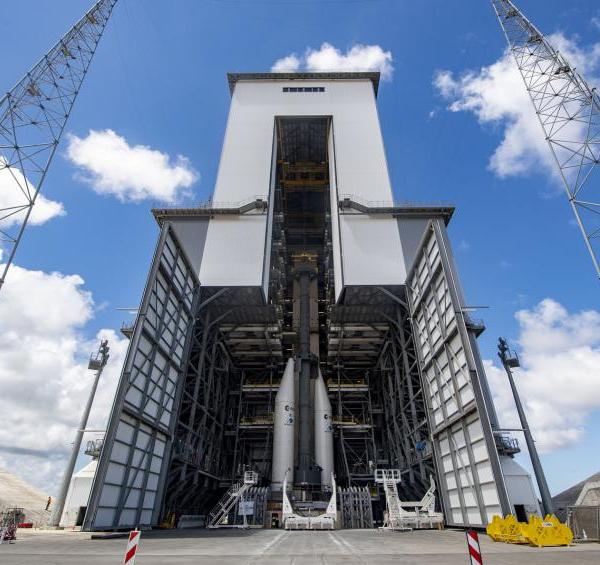
The CNES solicited the expertise of Clemessy teams to contribute to the development of a fluidic system simulator using artificial neural networks
The need expressed by the CNES and Clemessy teams consisted in initiating a digital simulator enabling the reproduction of the real behaviour of the physical phenomena that occur on a fluidic system.
In order to better control this critical phase of the filling of its tanks with liquid hydrogen (LH2), a fuel with two-phase behaviour, the CNES, which excels in complex mathematical modelling, chose to consider AI, so as to obtain better results.
- Production of an AI model (a model which is mainly based on LSTM recurrent and Conv1D convolutional neural network layers)
- Import of DATASETs (data acquired via the Ariane 5 project and open data)
- Implementation of a tailor-made web HMI (Human Machine Interface)
- Modelling of the fluidic system
- Launch of simulations
- Visualisation of data predicted by Artificial Intelligences (via graphs and supervision-type view animations)

